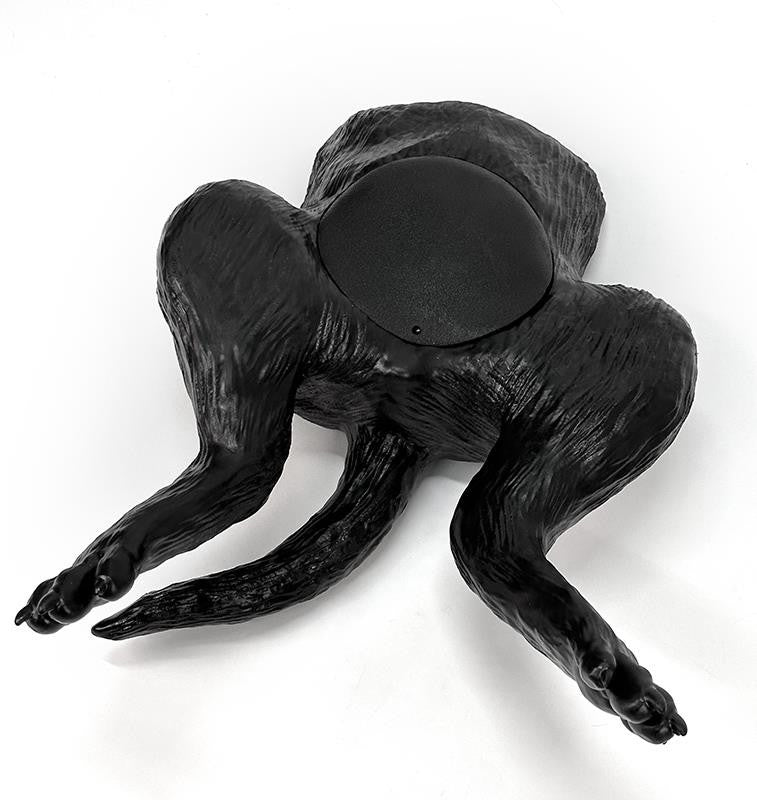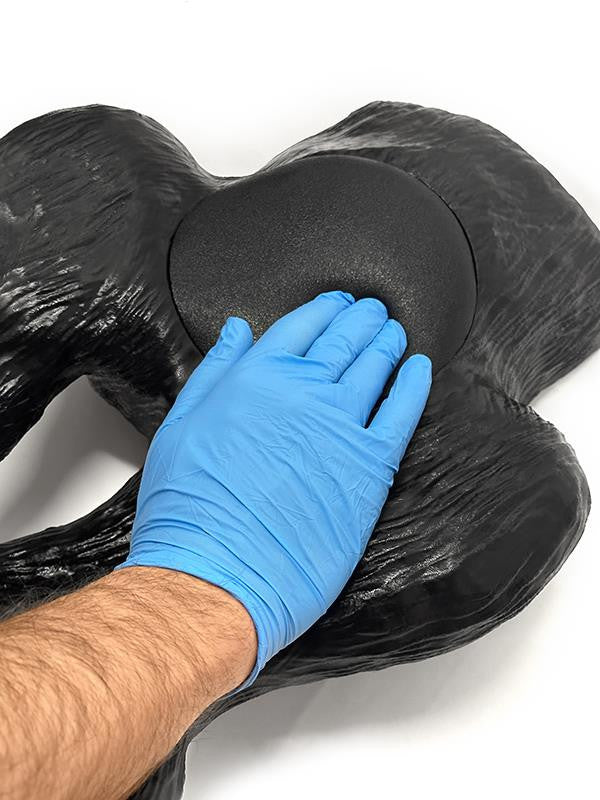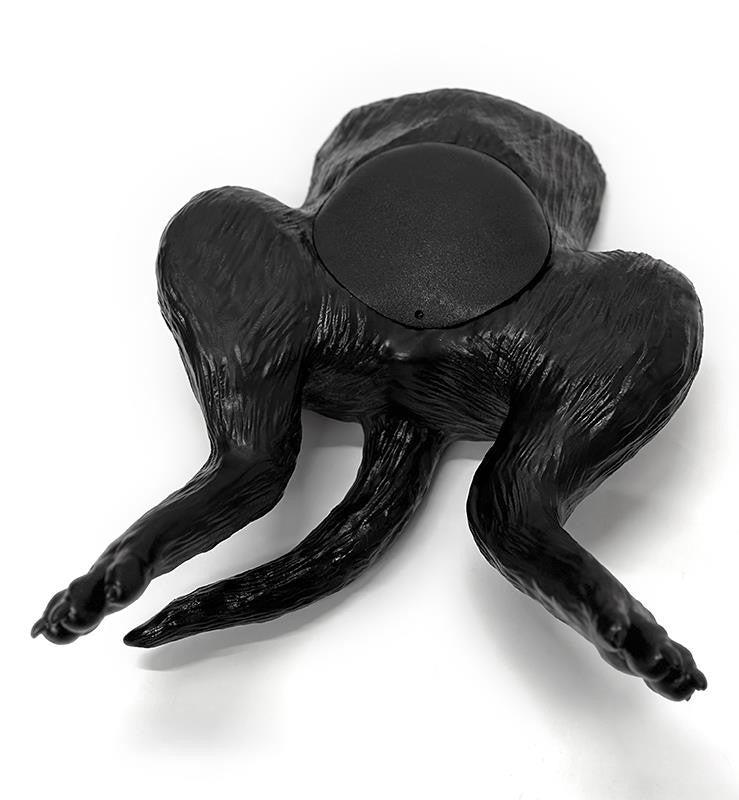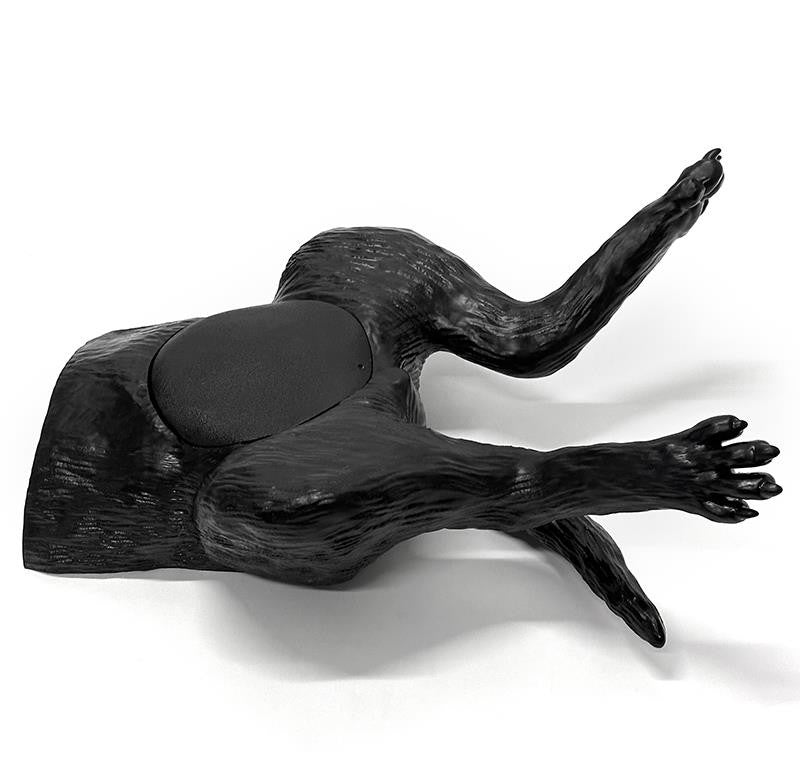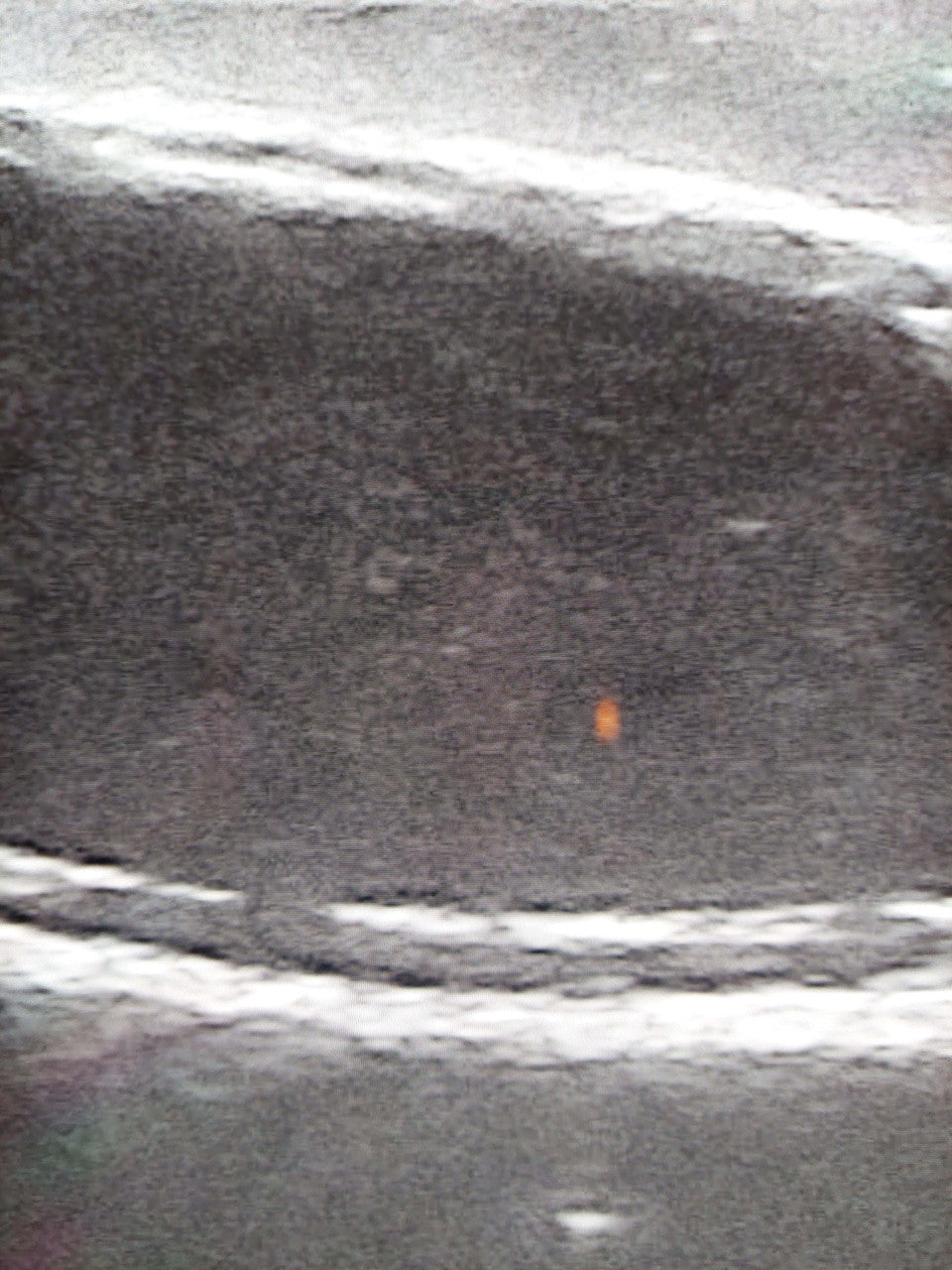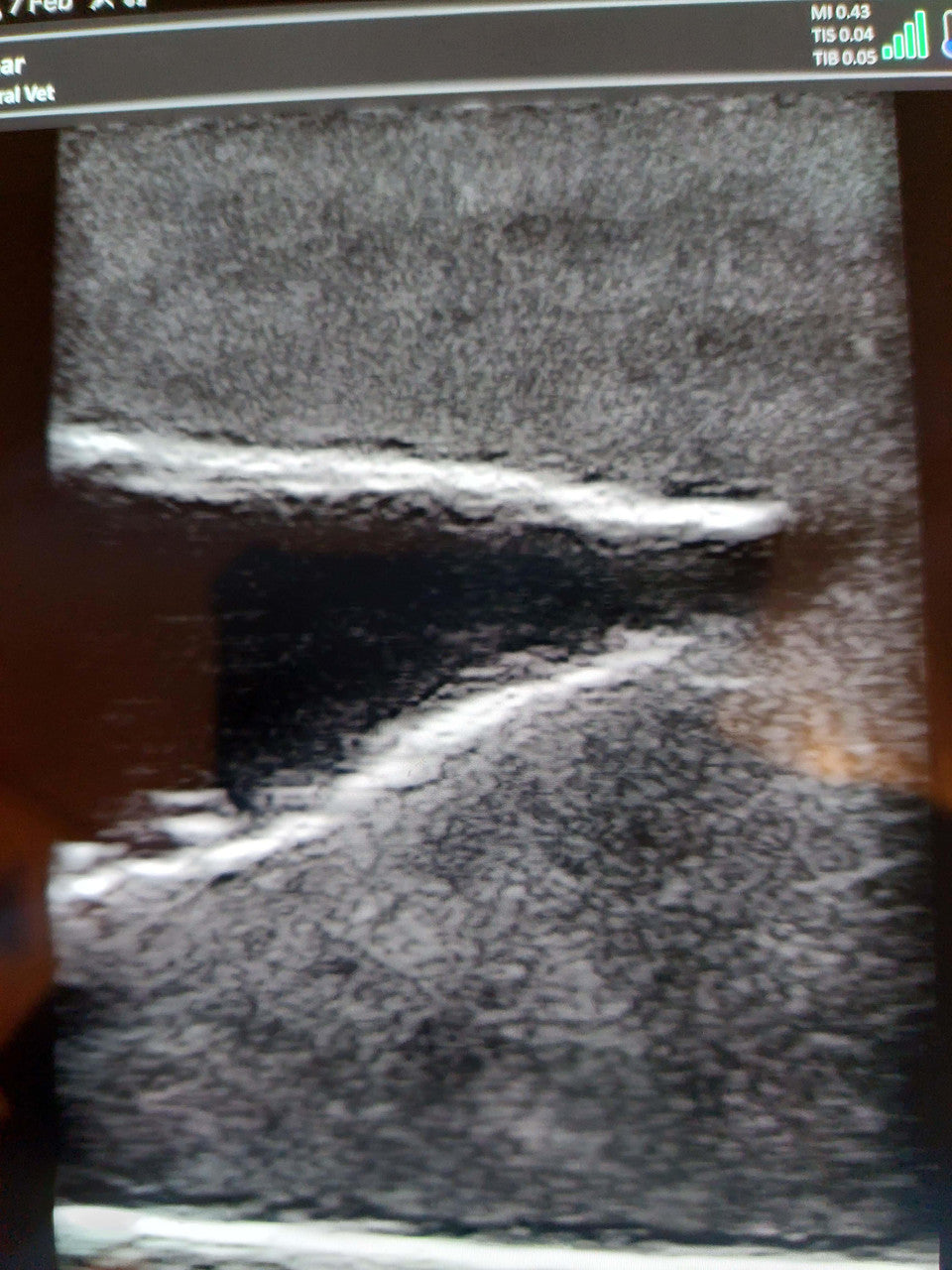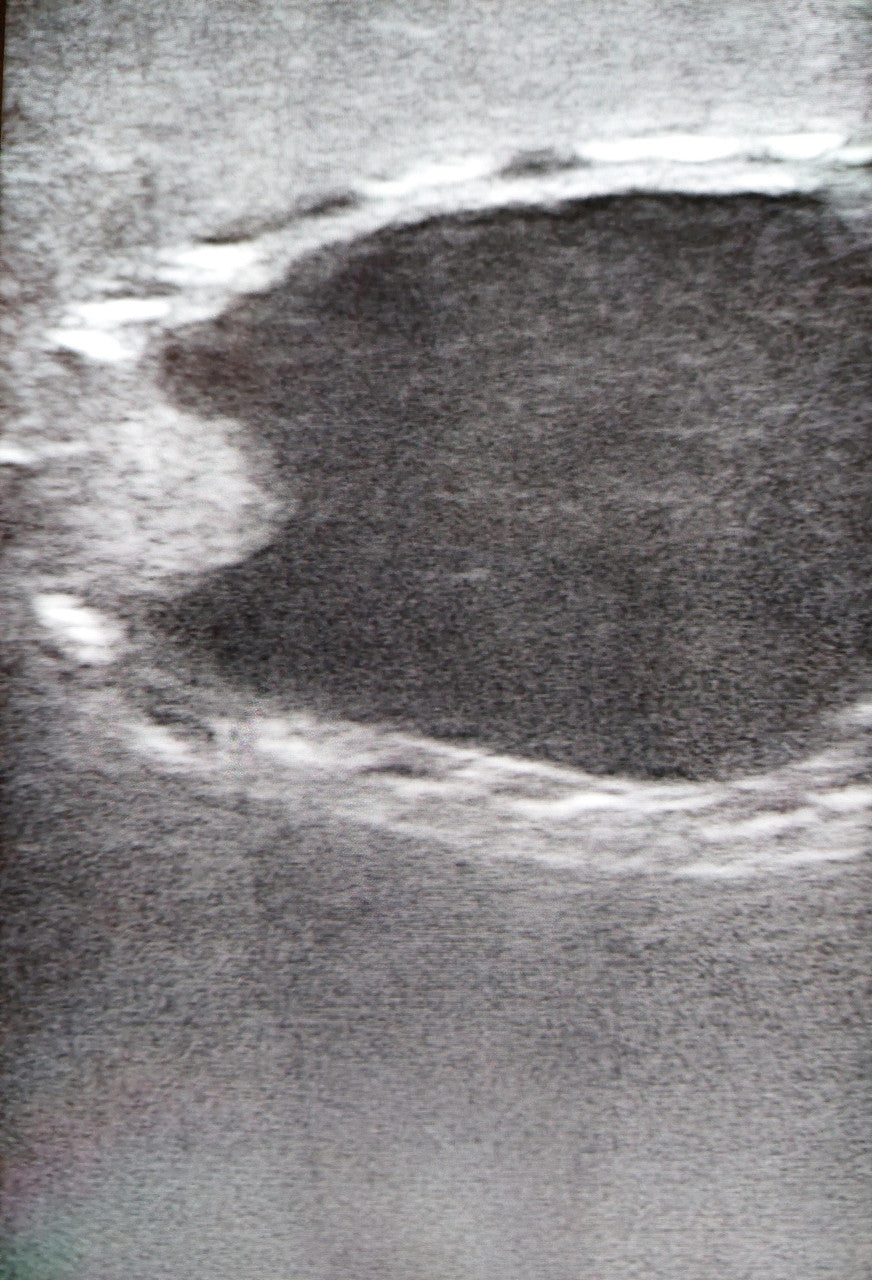Introducing the Canine Bladder Ultrasound Simulator, a comprehensive training resource for veterinary education. The simulator is a half-torso, medium-sized model of a canine that enables students to observe various pathological conditions, such as bladder stones, bladder cancer, and cystitis. It is a highly suitable tool for veterinary students, offering in-depth training in ultrasound examination procedures.
To enhance realism and increase the difficulty of the training experience, the included inserts have been designed to be externally identical. As a result, students will need to perform diagnostic procedures to differentiate between the various pathologies.
The inserts included in the practice model are:
- Normal Anatomy: Positioned beneath the ultrasound site is a highly accurate anatomical representation of the bladder and its adjacent structures. The accompanying insert can be filled with water, which permits the extraction of fluids and possesses self-healing properties that facilitate the recovery of needle track marks.
- Bladder Stones: Undiagnosed bladder stones can cause significant discomfort and may even result in mortality. With this insert, students can learn to identify bladder stones, equipping them with the knowledge required to identify these pathologies in real-world clinical settings.
- Bladder Cancer: Bladder cancer can cause significant pain and, in severe cases, has the potential to be life-threatening. By practicing the identification of tumours within the bladder, students can acquire the skills necessary to save the lives of canines.
- Inflammation of the Bladder (Cystitis): The presence of a bacterial infection in the lower urinary tract often provokes pain and requires urgent intervention. Through the use of this insert, users can acquire the knowledge and skills necessary to recognise and diagnose cystitis.
Overall, the Canine Bladder Ultrasound Simulator is a highly beneficial asset to clinical skills settings, imparting students with the relevant expertise and clinical competence. Considering that the clinical presentations of each of the conditions are often comparable, ultrasound examination represents a vital component in securing precise diagnoses.










